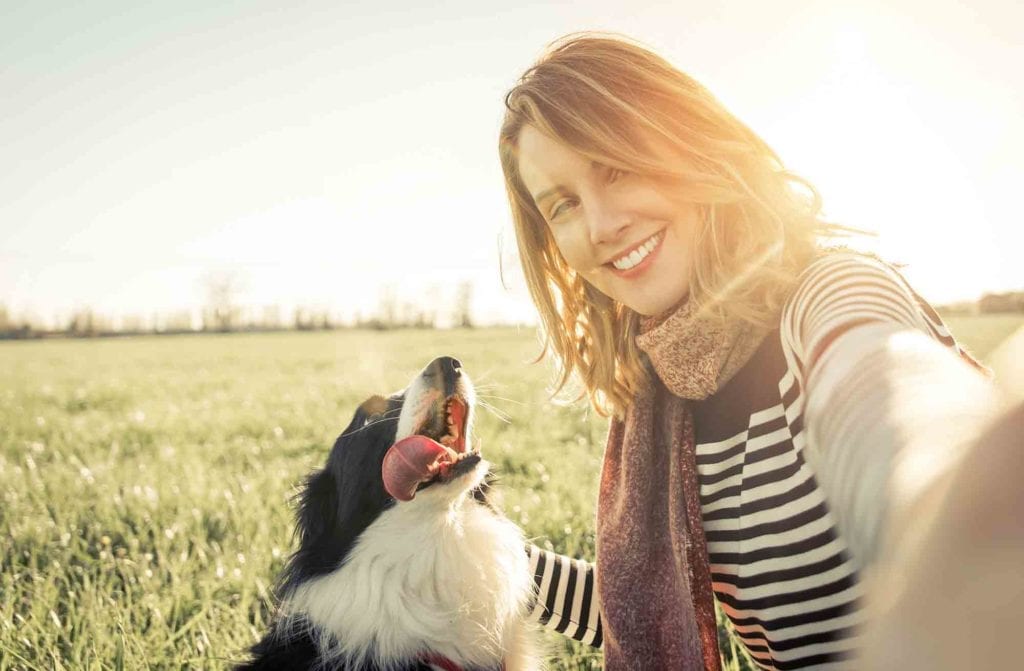Beyond Beauty: All About Breed Specific Grooming

Because each dog breed is a combination of the many dogs that make up its ancestry, including certain predominant skin and coat characteristics, breed specific grooming should be taken into consideration.
Brushing
Brushing your dog’s coat is the most basic form of grooming, and should be done often (several times per week is good, daily is even better) regardless of breed. Brushing your pooch all the way down to the skin stimulates blood flow and helps to remove dirt, dead skin, and excess fur. Your dog’s breed and fur type will determine which type of tools you need, for example:
- Pin brush – Preferred choice for medium to long hair
- Slicker brush – Helpful to remove mats and tangles
- Bristle brush – Can be used on all types of coats (bristle space varies depending on length of fur)
Bathing
Dogs should be bathed regularly, although not necessarily frequently. Your dog’s breed and lifestyle will determine how often they needs to be bathed. Check with your veterinarian or groomer to come up with the right bathing schedule for your pet, as well as make recommendations for the types of shampoo and conditioners that are best for your pet’s coat.
Haircuts
Not all dogs need to be clipped, but those with continuously growing hair such as the Shih Tzu and Poodle, need to have their fur trimmed about every 2-4 weeks to prevent matting and other problems. Most long-haired dog breeds will benefit from a trim from time to time, especially in the spring and summer months to help with tick detection and to prevent burrs and other plant material from tangling and matting the fur.
Breed Specific Grooming
Different dog breeds have different grooming needs, which is why adhering to breed specific grooming practices so important. Whether you choose to bring your dog to a professional groomer, or take the clippers into your own hands, there are plenty of resources out there.
The following common dog breeds all have their own special grooming concerns:
- Golden retriever – Regular brushing, especially during spring and summer, helps remove the dense undercoat and prevents matting. Long hair around the ears and between the paw pads can also be clipped to avoid issues with tangling.
- Beagle – Frequent brushing helps a beagle to shed his or her waterproof undercoat. The hanging ears can inhibit circulation, making them prone to infections. Clean your beagle’s ears weekly using an ear cleaning solution formulated for dogs.
- Labradoodle/goldendoodle/poodle/maltese – Due to the dense, curly hair these breeds must be thoroughly blow dried to prevent matting and “hot spots” from developing.
- German shepherd – These easy-to-care-for double coats don’t require frequent bathing or trimming, but should be brushed often to prevent matting and to increase airflow to the skin.
If you don’t see your dog on this list, or have any other questions regarding breed specific grooming, please contact the staff at Schertz Animal Hospital.
Share This Article
About
Schertz Animal Hospital
Since 1976, Schertz Animal Hospital has offered the greater San Antonio area outstanding pet care. Our state-of-the-art animal hospital in Schertz, TX compliments our stress-free handling and experienced veterinary staff. Make an appointment online or give us a call at (210) 659-0345 today!
